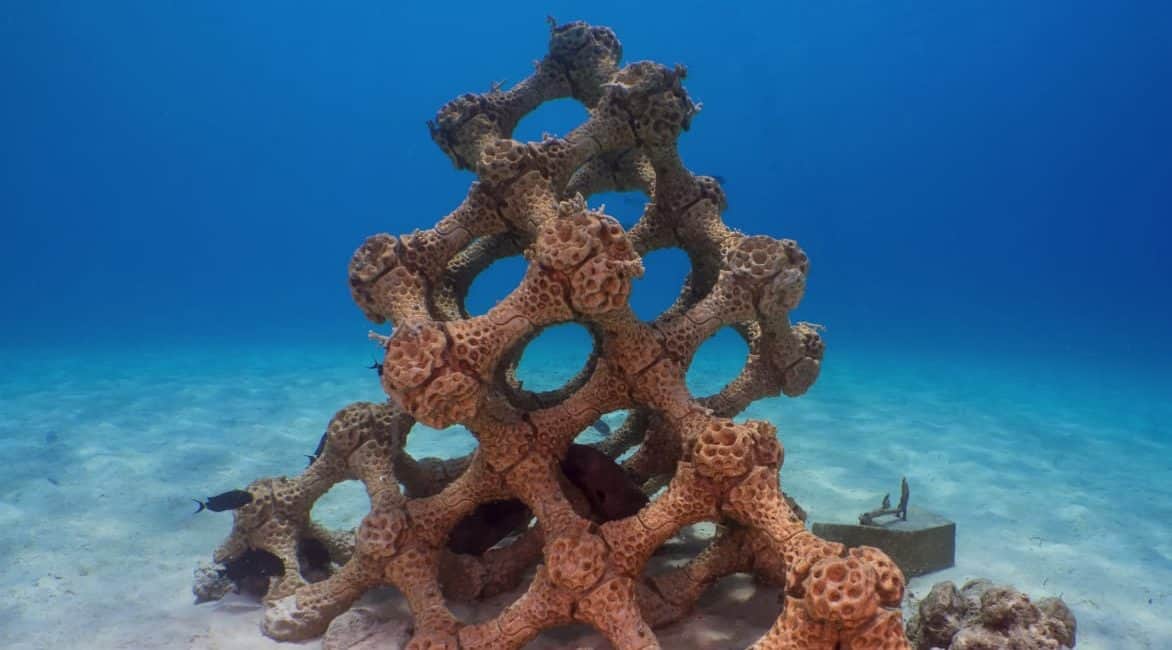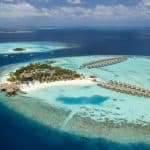Guinness World Records has officially recognised Summer Island Maldives 3D Printed Reef as the largest of its kind in the world.
The artificial reef was first submerged in 2018, seven meters below the water surface in the ‘Blue Lagoon’ of Summer Island Maldives. The resorts identified the Blue Lagoon area which was a sandy part of the island’s vast lagoon, as an ideal location to grow the new Printed Reef ecosystem. The 3D reef aims to provide a new home for corals, fish and other marine species, and demonstrates how new technologies such as 3D printing can be used to protect the Maldives from climate change and sea level rise.
The 3D Printed Reef project initiated by Alex Goad of Reef Design Lab in Melbourne. They have explored how new technologies such as 3-D printing can be used to protect the Maldives and its diminishing coral reefs. The structure was built from a large 3-D printer worked tirelessly for 24 hours moulding it out of ceramic, an inert substance similar to the calcium carbonate found in coral reefs. Once submerged, coral fragments from the resort’s existing coral nursery are then transplanted on to the moulds.
Commenting on the milestone that the resort has achieved, Summer Island Resort Manager, Maria Shareef said, “While it is rewarding that our 3-D reef is being recognised worldwide, it is important to remind ourselves of the tremendous amount of work that needs to be done to safeguard our environment.”
Marian also highlighted several other important environmental initiatives that the resort has implemented to phase out single-use plastic items such placing a ban on using straws, bottles and bags made of plastic on the island.
“We are continuously looking at innovative ways to push ourselves to be better guardians of the environment,” Maria further stated.




